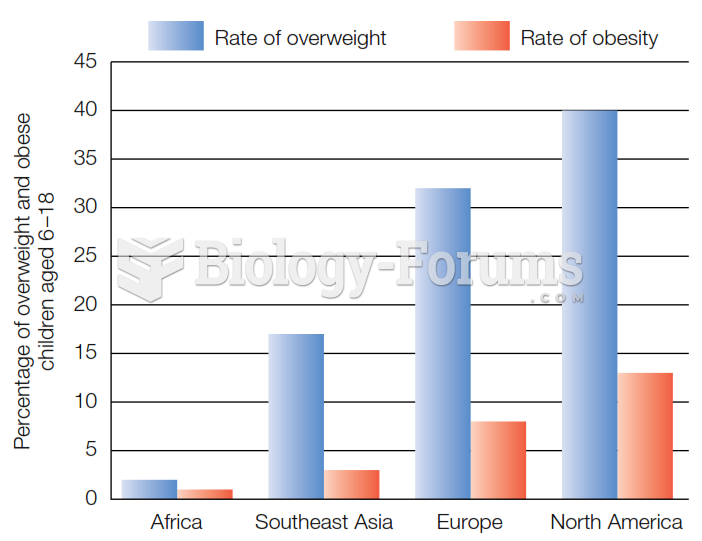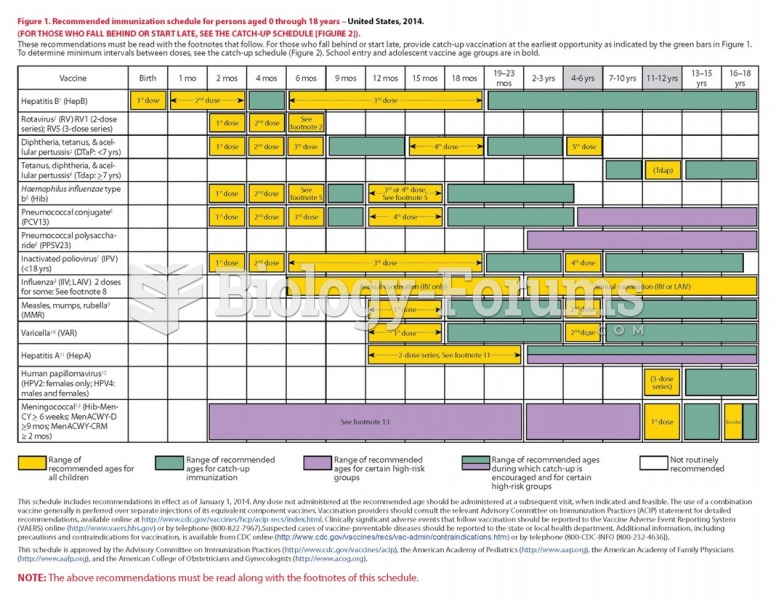Answer to Question 1
During middle childhood, children become more realistic in their self-appraisals of their abilities. During early childhood, children tend to be unrealistic, praising themselves regardless of their actual performance. Children during middle childhood also tend to differentiate the different areas of their abilities, able to understand that while they may excel in one area, they do not do so in a second area.
Answer to Question 2
Breastfeeding has many benefits both to the infant and the mother. First of all, breast milk is less likely to upset an infant's stomach than formula and provides adequate nutrition for at least the first six months of life. As the infant matures, the composition of breast milk changes to help meet the infant's changing needs. The antibodies in breast milk helps the infant ward off a variety of health problems, ranging from respiratory problems such as asthma and pneumonia to tetanus, chicken pox, bacterial meningitis, and typhoid fever. It also has been shown to reduce the risk of childhood lymphoma and serious cases of diarrhea. Infants who are nourished by breast milk are less likely to develop allergic responses and constipation and to develop obesity later in life.
For the mother who breastfeeds, there is a reduced risk of early onset breast cancer and ovarian cancer. Breastfeeding women also tend to have stronger bones than those who did not breastfeed. The uterus shrinks after childbirth with the help of breastfeeding.
Some of the problems associated with breastfeeding may include less involvement of the other parent in feeding of the infant, more difficulties in returning to work, a need for better nourishment of the breastfeeding mother, and transmission of certain hazards such as PCBs and the HIV/AIDS virus through breast milk.







